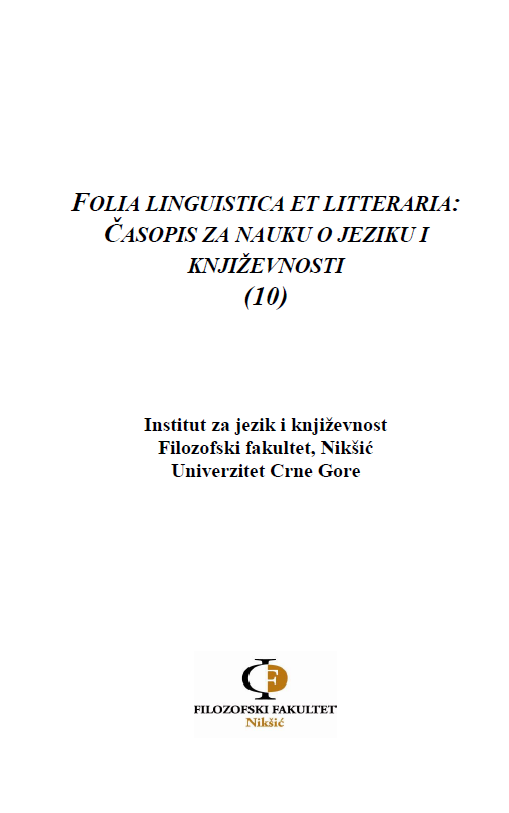THE PHENOMENON OF AMBIGUITY IN ENGLISH LANGUAGE COMMUNICATION. AN ANALYSIS FROM THE PRAGMATIC POINT OF VIEW
THE PHENOMENON OF AMBIGUITY IN ENGLISH LANGUAGE COMMUNICATION. AN ANALYSIS FROM THE PRAGMATIC POINT OF VIEW
Author(s): Nivis DedaSubject(s): Theoretical Linguistics, Pragmatics, Evaluation research
Published by: Filološki fakultet, Nikšić
Keywords: ambiguity; disambiguation; pragmatic competence; Cooperative Principle; context; implicature;
Summary/Abstract: Ambiguity is a linguistic phenomenon. Ambiguity is defined as a phrase or expression having more than one meaning. Is ambiguity a grammatical mistake that should be avoided? Is ambiguity an obstacle to communication? Meanwhile can ambiguity enrich the text or highlight the dialogues? As Empson cites, ambiguity is not a specific figurative device that may be chosen at will for decoration; “It is not a thing to be attempted. Rather, it is a characteristic of language which becomes heightened and significant in verse.” This paper analyzes the pragmatic characteristics of ambiguity in English speech acts. First, it introduces the definition and classification of ambiguity. Ambiguity can be divided into three types. There are phonic ambiguity, lexical ambiguity, and syntactic ambiguity. The paper studies the pragmatic features reflected in English communication, such as the Deixis, the Presupposition, the Implicature.
Journal: Folia Linguistica et Litteraria
- Issue Year: 2015
- Issue No: 10
- Page Range: 79-86
- Page Count: 8
- Language: English

